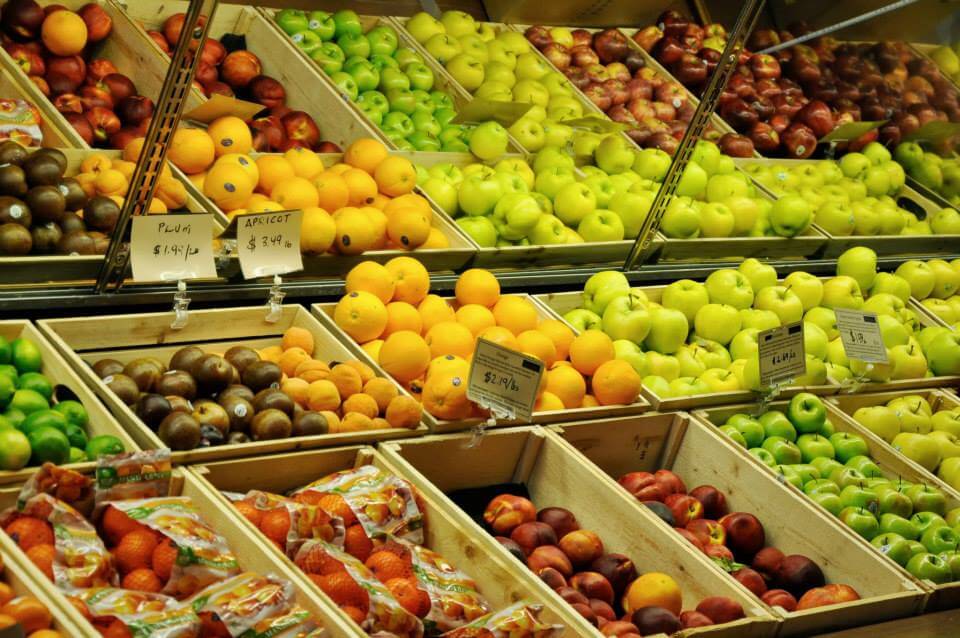Rochester, Minnesota — On the Sunday before Thanksgiving, the hum of shoppers at a local grocery store was met with disappointment: there were no eggs to be found. For those willing to venture an hour and a half north to Richfield, eggs were available, though the price hike was glaring—$1.70 more than just a few months ago, marking a sharp 40% increase.
This localized shortage reflects a national trend that has gripped the attention of households across America. Egg prices surged by 8.2% in November alone, the highest monthly increase in two decades, according to Consumer Price Index data. But eggs are only part of the story. Beef, coffee, and even non-alcoholic beverages have seen sharp cost increases, fueling the steepest rise in grocery bills since early 2023.
The numbers behind these hikes reveal an intricate web of challenges. Wholesale prices for chicken eggs jumped a staggering 55% last month, while overall wholesale food costs saw their largest surge in two years at 3.1%. Although economists caution against interpreting these spikes as systemic, the strain on consumers is undeniable. Americans, already fatigued by years of relentless inflation, find themselves questioning whether relief is on the horizon.
Gregory Daco, chief economist at EY Parthenon, explains that while grocery price inflation has slowed to pre-pandemic levels, the cumulative increase since early 2020 has left a lasting impact. “Compared to pre-pandemic times, prices are still considerably higher,” Daco said.
A Perfect Storm of Factors Driving Up Costs
Eggs have become a particularly glaring example of inflation’s uneven toll. An unprecedented outbreak of avian flu has decimated poultry flocks across the country, reducing the supply of eggs just as demand surged for holiday baking and festive gatherings. The USDA recently adjusted its egg supply projections downward for 2025, signaling that prices may remain elevated for the foreseeable future.
Beef is another staple hit hard by environmental and economic pressures. U.S. cattle inventory has reached its lowest point in over 70 years, primarily due to prolonged droughts and rising operational costs. With herd expansion not expected to begin until at least 2026, meat lovers will likely continue to see higher prices at butcher counters nationwide.
Meanwhile, orange juice prices have been squeezed by a combination of hurricanes, poor weather, and citrus greening disease. Brazil, a key supplier to the U.S., is grappling with its worst orange harvest in decades, further tightening global supplies. Experts warn that these challenges may persist, leading to sustained price increases.
Coffee lovers are also feeling the heat. Arabica beans, the backbone of most global coffee production, reached a record price of $3.44 per pound recently, driven by climate change and erratic weather patterns. Michael Hoffmann of Cornell University predicts worsening climate conditions will make coffee production increasingly challenging, with higher prices becoming the new norm.
Even indulgences like chocolate are not immune. West Africa, which produces over 70% of the world’s cocoa, has faced repeated weather disasters over the past three years, disrupting supplies and driving up prices. Candy manufacturers have responded by shrinking product sizes and adjusting recipes, but these measures may only offer temporary reprieve as the cocoa market continues to struggle.
The Human and Business Toll of Rising Prices
For small businesses, adapting to these rising costs is a balancing act. In Omaha, Nebraska, Vidlak’s Brookside Cafe has been a community staple for nearly three decades. Yet owner Roger Vidlak finds himself facing unprecedented ingredient costs, particularly for eggs.
“Six months ago, a case of eggs cost me $18 to $20. Now it’s $75,” Vidlak said. Despite these pressures, he has resisted passing the burden onto his customers. Instead, he has turned to creative solutions such as sourcing cage-free eggs and liquid egg mixes, which are less affected by the avian flu outbreak.
“I’ve avoided raising menu prices for six months,” Vidlak said. “It’s hard, but you don’t want to gouge your regulars—they’re here every day.”
The sentiment resonates with households nationwide, who are similarly adjusting their buying habits to stretch their grocery budgets. From substituting ingredients to cutting back on non-essentials, consumers are finding ways to cope as they wait for signs of stabilization in the markets.









